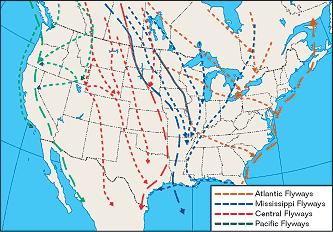 |
| Questions to research on Flies |
Then he thought of additional questions to research. A paper is folded into fourths with questions listed in each quadrant. Research begins!
Another group is Researching: Eagles and Wolves
Content area writing: Note taking, leads, and conclusions.
Background Knowledge: Introduced texts, Mammals (Golden Nature Guide, Getting to Know . . . Nature's Children Series, Amazing Animals, and other non-fiction books
Research1: Research about an animal/ bird/species that interests you.
1. Fold a paper into fourths. (Four quadrants)
2. Write 4 questions that you were "wondering"?
e.g. I wonder what wolves eat?
(Eagles) How fast do they fly?
Day 1. Research using texts, books, and magazines
Day 2. Then use the Alaska Notebook Series to further research your questions.
Alaska Notebook Series
Day 3: Then find other resources such as Alaska Department of Fish and Wildlife Alaska Department of Wildlife
Day 4-6: Sort questions into a book format. Then what did you discoverer? What do you want to know. Research Process.
 |
| Thinking about Eagle research. |
 |
| Gathering information on Wolves. |

























